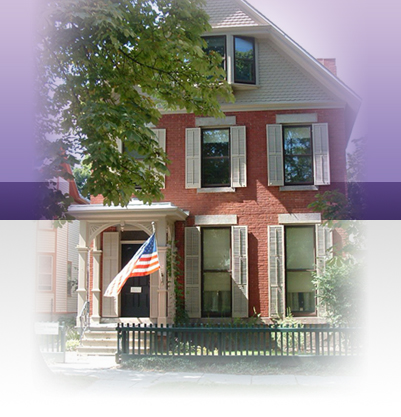The Women's Suffrage Movement
The right of women to vote was first seriously proposed at a women's rights convention in Seneca Falls, NY, in 1848. Here, Elizabeth Cady Stanton and Lucretia Mott declared that the vote was woman's basic right and the means to gaining other rights. Three years later, Stanton met Susan B. Anthony. They soon became the driving force in the seventy-two year struggle for woman suffrage.
In 1869, the National Woman Suffrage Association, led by Anthony, was formed to agitate for an amendment to the Constitution. This amendment was presented by Anthony and her successors to forty consecutive sessions of Congress. It repeatedly failed to pass. National attention and support came to the movement when Anthony was arrested and tried for voting in the 1872 presidential election.
After Anthony's death in 1906, a phrase from her last suffrage speech, "Failure is Impossible," became the motto of young suffragists. Fourteen years later in 1920, the 19th Amendment was ratified. Women had finally won the right to vote.
National Women's History Museum
Website for Carrie Chapman Catt's Childhood Home in Iowa
11th Berkshire Conference on the History of Women
National Women's History Project
Places Where Women Made History: A National Register of Historic Places
National Women's Hall of Fame in Seneca Falls, New York
Brief History of Women in the US
National Parks Service's National Historic Landmark Program
Susan B. Anthony Letters Collection, Rochester Public Library, Local History Division
